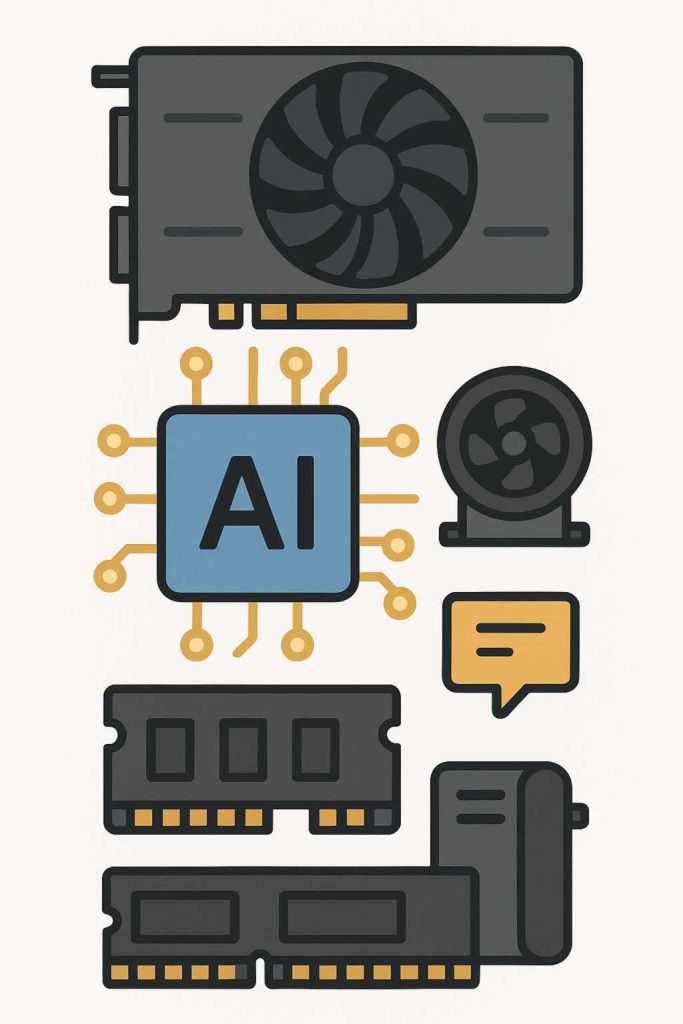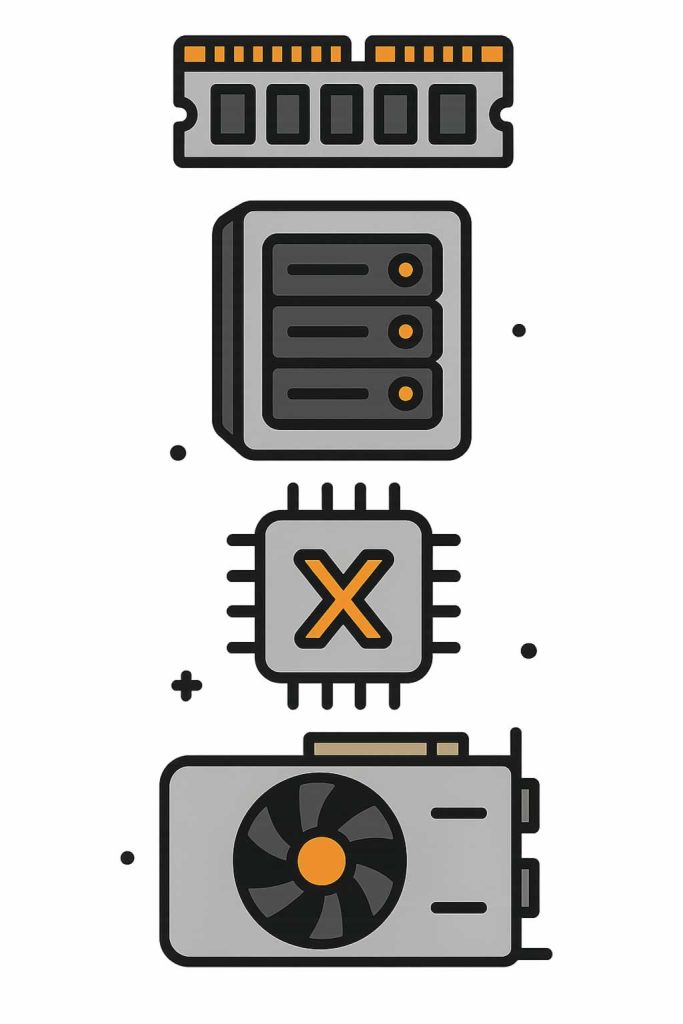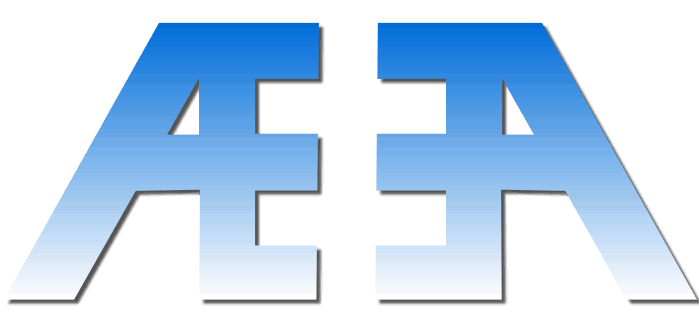

The hardware requirements for running AI models depend heavily on the type of model, how it will be used, and whether you’re training from scratch or running inference (making predictions with a pre-trained model). At AEHEA, we help clients plan AI workloads with both performance and cost in mind. The goal is always to match the hardware to the actual need, whether it’s on a local machine, an edge device, or a cloud server.
For training large models, you need powerful hardware. This typically means multiple GPUs (Graphics Processing Units), preferably from the NVIDIA CUDA ecosystem such as the A100, V100, or even consumer-grade cards like the RTX 4090 or 5090 for smaller projects. You’ll also need high RAM (64 to 256 GB for larger models), fast SSD storage, and a multi-core CPU like 9950x, 9950x3d or some weird Intel. The bottleneck in training is almost always the GPU, especially when working with image, video, or language data at scale.
For running inference, the requirements are much lighter. Many models can run on standard CPUs if speed is not critical. For faster responses or higher volume workloads, a single GPU is often enough. For smaller tasks like document classification, chatbot responses, or numerical prediction, systems with 16 to 32 GB of RAM, a modern CPU, and a modest GPU like the RTX 3060 or T4 can perform well. In edge cases, models can even run on devices like Raspberry Pi, using optimized formats like ONNX or TensorRT.
Cloud platforms like AWS, Azure, and Google Cloud offer virtual machines with on-demand GPUs, which can be more practical than buying hardware, especially for short-term or scalable projects. At AEHEA, we often combine cloud-based GPU services for model development with CPU-only environments for deployment in production, keeping costs low while maintaining responsiveness.
Choosing the right hardware depends on your use case. If you’re running real-time image processing or high-traffic AI chat, invest in GPU acceleration. If you’re processing documents once a day or batch-tagging data overnight, a modest setup will do. The most important part is knowing what your model does and how often it needs to do it. From there, we tailor the hardware to fit.
